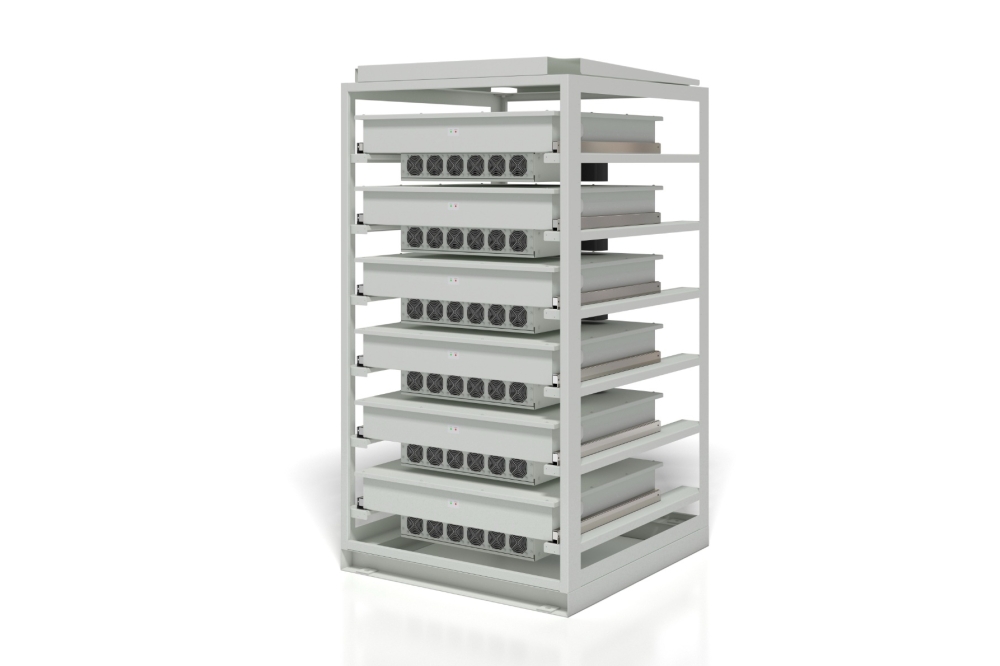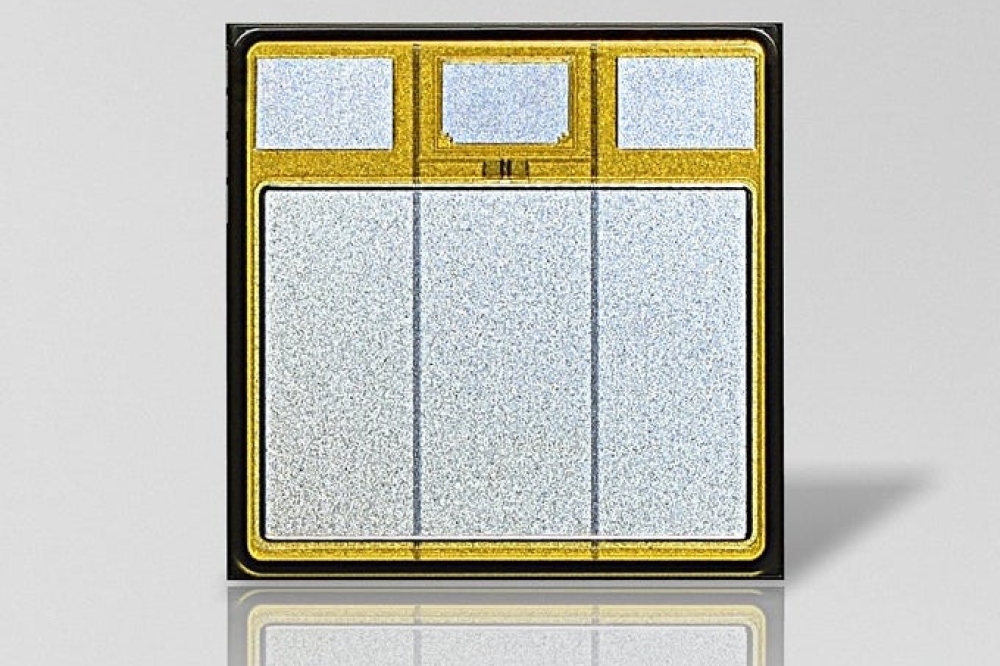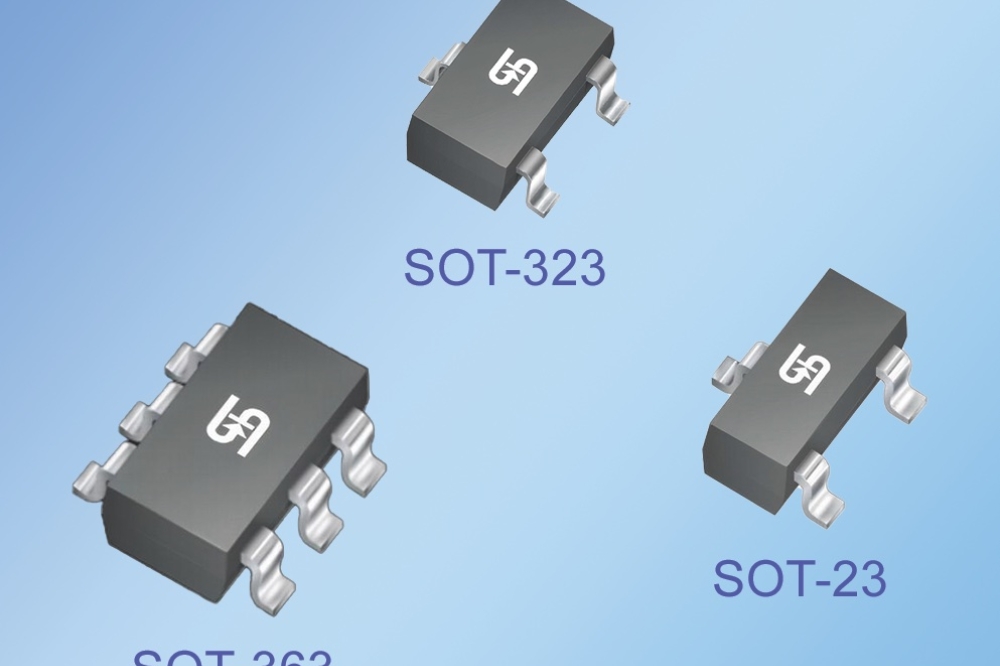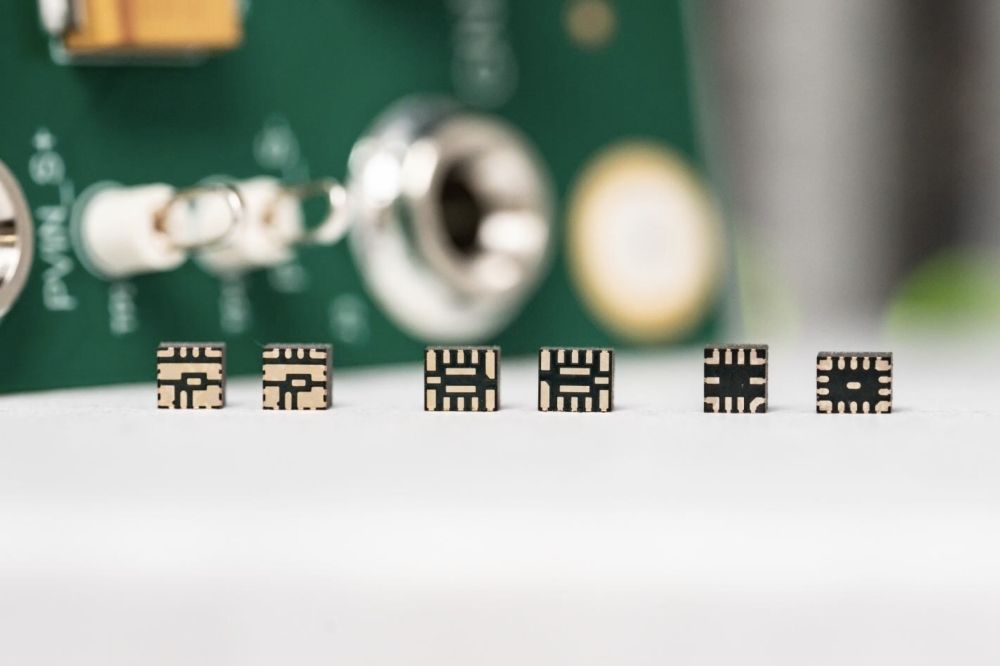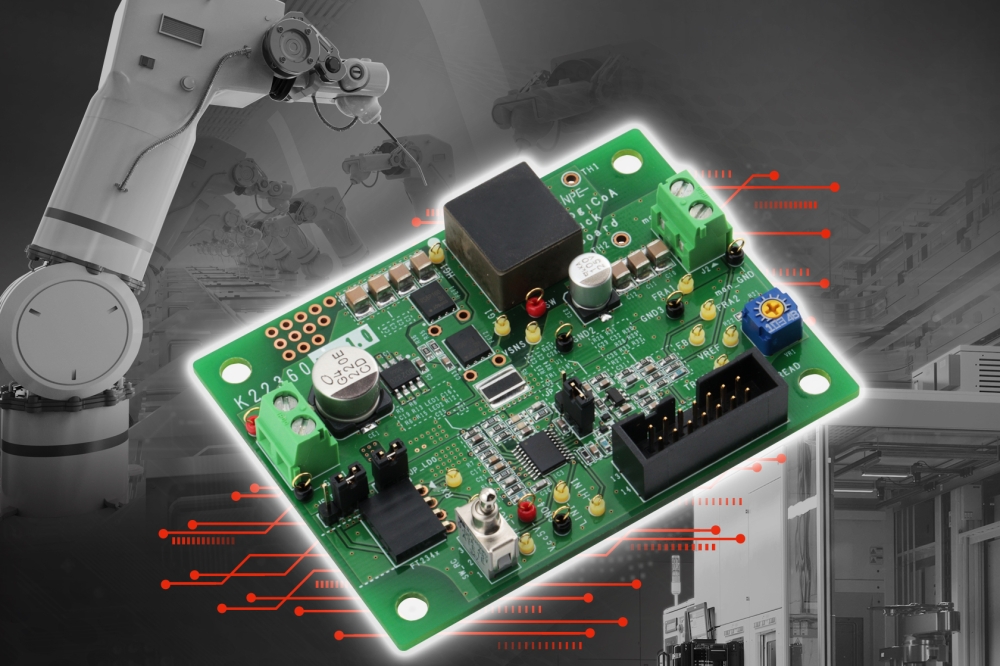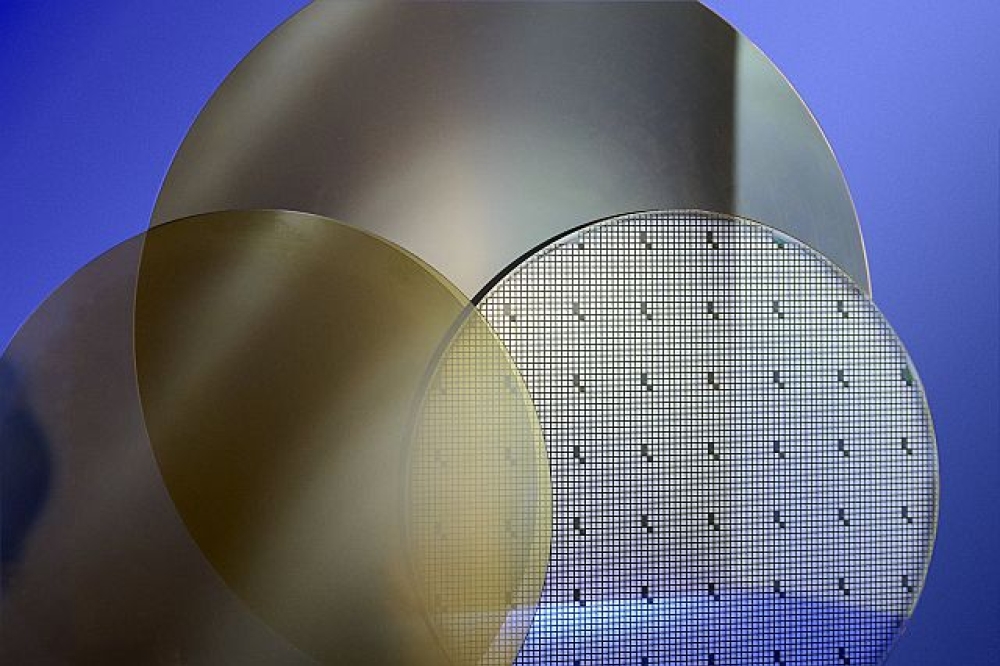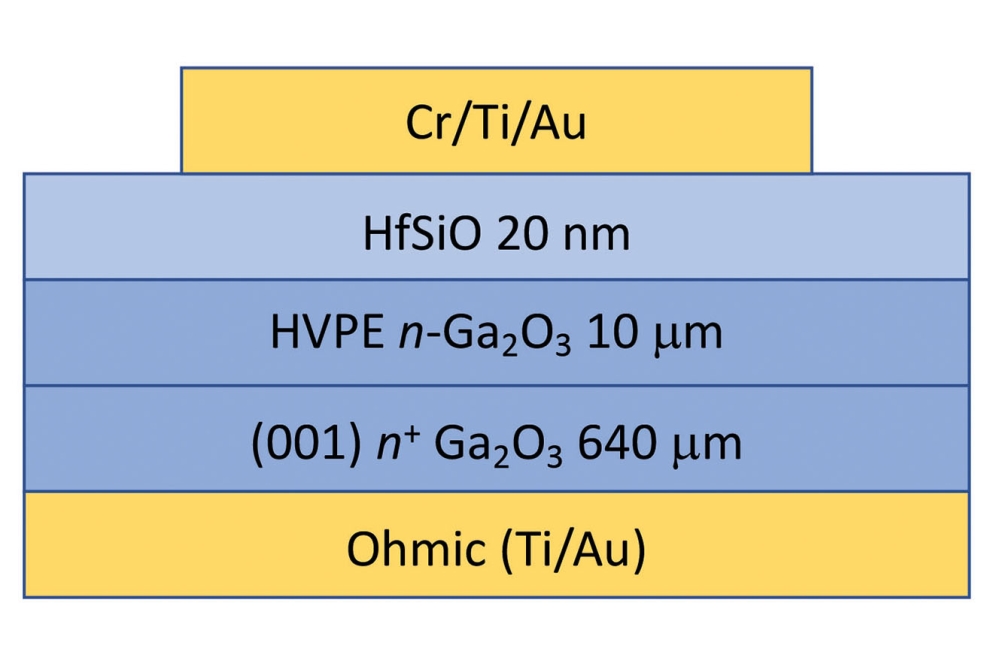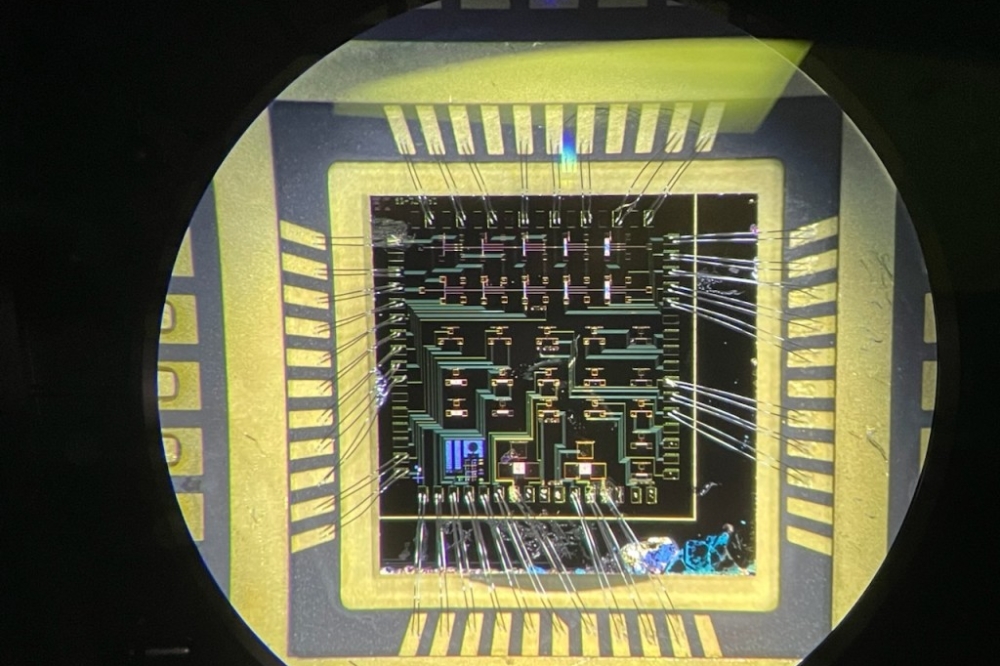$1.2M NSF award to test power grid stability

Project proposes to characterise the stability region of the grid without running numerical simulation
For more than 100 years, the power grid has relied mainly on large electric generators providing alternating current along transmission wires to places both near and far. Thousands of generators are synchronised through the power network to provide stability when problems arise.
Maintaining that reliability is critical as thermal power plants retire and more renewable energy sources join the grid.
Now, Binghamton University associate professor Ziang Zhang will lead a research team that has won a $1.2 million grant from the National Science Foundation to explore the possible faults that could lead to power failures. He will work in collaboration with scientists from Cornell University, Texas Tech University, Illinois Institute of Technology, and New York Power Authority.
“The dynamics of the current power system are dominated by synchronized generators that weigh many tons and put out a couple hundred megawatts each,” said Zhang, a faculty member at the Thomas J. Watson College of Engineering and Applied Science’s Department of Electrical and Computer Engineering.
“If there’s a fault, it will create a disturbance to the grid, but those are typically absorbed by the rotating mass of synchronous generators. There are multiple lines of defence that power system engineering has designed based on the electromechanical dynamics of these generators.”
However, inverter-based resources (such as solar, wind and storage) have a fundamentally different way of converting different forms of energy into electricity, making the grid more vulnerable to disturbances. System conditions could change quickly, making it harder for power system operators to react and fix problems, and there are too many variables and uncertainties to manage reliably.
“One way is to do a numerical simulation of an entire system, and it is very tedious work,” Zhang said. “For example, in New York, we not only need to simulate the New York system, we also need to simulate the system around New York, and each of them has its own dynamics. We are solving a large set of nonlinear differential equations step by step. And it’s very time-consuming because we don’t know where the fault will happen, so we have to evaluate thousands of contingency cases every few minutes.
“In this project, we propose an energy-function-based approach that can tell us the stability boundary of the power system with many inverter-based resources. The goal is to characterize the stability region of the grid without running numerical simulation.”
Zhang’s team includes experts in both power systems (like he is) and power electronics who develop inverters for connecting renewable resources to the grid. From the outside, those two aspects might be seen as the same — they’re all “power people” — but they have very different roles in the generation process.
“To use an analogy, they are the people who design vehicles, and we power system engineers design the transportation system. There is overlap, but we don’t talk very often,” Zhang said. “The goal for this project is to bring those two groups of people together to say: What’s your challenge on the power system level? And from the inverter level, what can we do to improve things? Hopefully in the future, when we design a power system and when they design an inverter, everyone knows what’s going on with the other side.”
Having that balanced team will inspire them to look at problems from different angles. The support from the New York Power Authority also allows them to make sure their ideas make sense under real-world conditions.
“Whatever theory or tools we develop during this work, we will test with NYPA in a simulated model on their system,” Zhang said. “We need to make sure our results are relevant, not just a very nice, clever theory.”
In addition to power grids, stability research could have broader usage in diverse fields such as robotics, ecosystems, and optimization. Creating an online stability assessment tool benefits utility engineers, while a design guide for inverters would aid the power electronics and power systems communities.
“The whole thing is still too complicated for artificial intelligence to figure out, so we need to create some new fundamental knowledge with this project — that’s our hope,” Zhang said.


